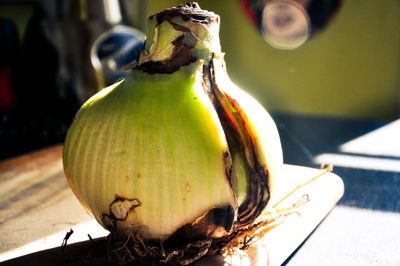Amaryllis bulbs, specifically those sold for forcing during the winter, require certain conditions for adequate growth and the production of large flowers. From planting to bloom, there are several factors which may impact the overall health of the plant. Like many potted plants, diseases and issues related to fungal infections can be detrimental to the development of the plant and may even cause it to die before it is able to bloom. Amaryllis bulb rot is one such issue.
Why are My Amaryllis Bulbs Rotting?
There are several reasons why amaryllis bulbs may begin to rot. Among these causes is fungal infection. In many cases, spores are able to enter through the outer scales of the amaryllis bulb and then continue the rotting process from within. Though minor infections may not impact the bloom of the plant, those that are more severe can cause the eventual collapse of the amaryllis plant. While fungal infections are very common in these bulbs, other rot issues may stem from moisture or exposure to extreme temperatures. Bulbs that have been planted into containers or garden beds which fail to drain adequately can be a definitive cause of rotten amaryllis bulbs. This is especially true of amaryllis varieties that are slow to sprout roots and begin the growth process. In addition to these factors, amaryllis bulb rot may occur when the bulbs have been damaged by extremely cold temperatures during storage or throughout the shipping process. In general, it is best to discard rotting amaryllis bulbs. This will help to prevent the spread of fungal infection to other plants.
